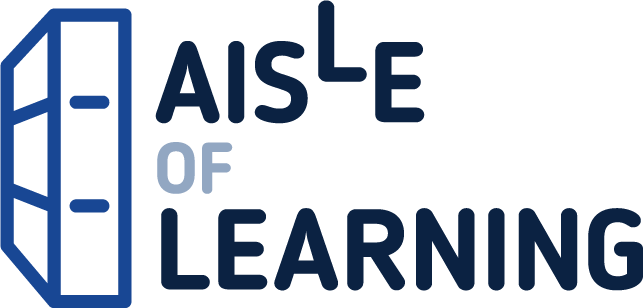A comprehensive, balanced and practical text, Strategies for Addressing Behavior Problems in the Classroom, 6/e, provides a unique in-depth look at specific behaviors and the strategies employed for addressing each behavior in K-12 classrooms and schools. Readers can expect to get solid coverage of key topics, practical understanding of Applied Behavior Analysis (ABA) and a more detailed look at functional behavioral assessment (FBA) than found in other texts. Additionally, featured research-based practices from various fields outside of education (such as psychiatry and psychology), lend to a special balanced approach that helps students grasp how different methodologies contribute to behavior and classroom management in a larger context. The authors also address school-based interventions in the context of positive behavioral support, a view embraced by practitioners and supported by research, and continues to promote collaboration between other agencies and families, along with better coordination of treatment options to create effective services and intervention in education. Intended for graduate or undergraduate courses for general education and special education classroom teachers, administrators, or behavior specialists, this widely-used text is clearly written and organized in such a way that classroom teachers or school support professionals can use it in their every day practice.
Features
- Come Into My Classroom case studies open every chapter-giving information and insight to students and teachers working with challenging behaviors in several types of school situations.
- Multiple Assessments acknowledge students’ needs across various life domains and identify environmental influences on behavior and effective strategies that lead to proactive, positive interventions.
- Expanded content and resources on drug and alcohol abuse-with practical information on the various types of drugs, their appeal to youths, and their effects on the body and mind.
- Discussion/Reflection Ideas at the end of each chapter-a useful resource for use in the classroom for warm-ups or review activities, allowing students to work on them individually or in small groups.
- Epilogue: Taking Care of Yourself-provides beneficial information on how to recognize and prevent teacher burnout, due to the often difficult process of working with students with emotional and behavioral disorders.
- NEW! In-depth coverage of positive behavior support-including how to apply PBS at school-wide, classroom, and individual student levels, and using it as a framework for making intervention decisions based on response to intervention.
- NEW! Standards of practice for positive behavior support based on The Association for Positive Behavior Support’s standards of practice at the individual student level-including competencies for conducting functional behavioral assessments, developing, implementing, and evaluating behavior intervention plans are highlighted.
- NEW! The relationship of response to intervention (RtI) and positive behavior support-How to apply RtI logic to making decisions regarding behavioral interventions for students.
- NEW! Expanded coverage of evidence-based practices- that practitioners can apply directly and effectively in typical educational contexts.
- NEW! Case studies that illustrate assessment and planning (FBAs and BIPs) as well as green, yellow, and red zone interventions.
- NEW! Chapter on School-wide Positive Behavior Interventions and Supports (Insert Chapter #)
- NEW! Chapter on Classroom-Wide Positive Behavioral Interventions and Supports (Insert Chapter #)
- NEW! Comprehensive glossary-helps students grasp new and technical terminology






Reviews
There are no reviews yet.